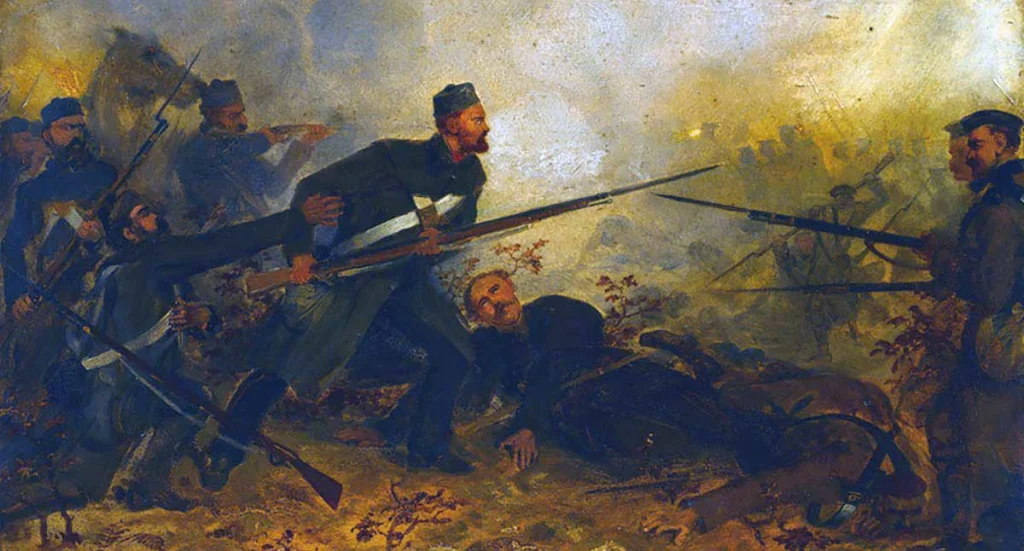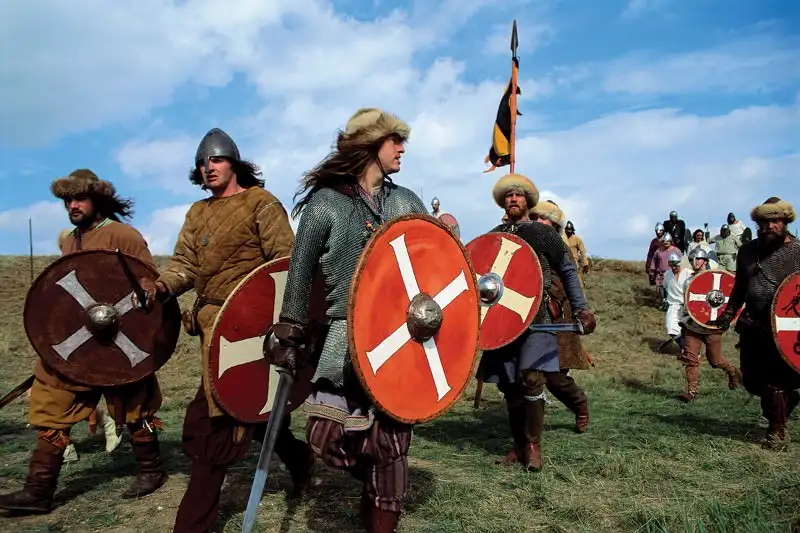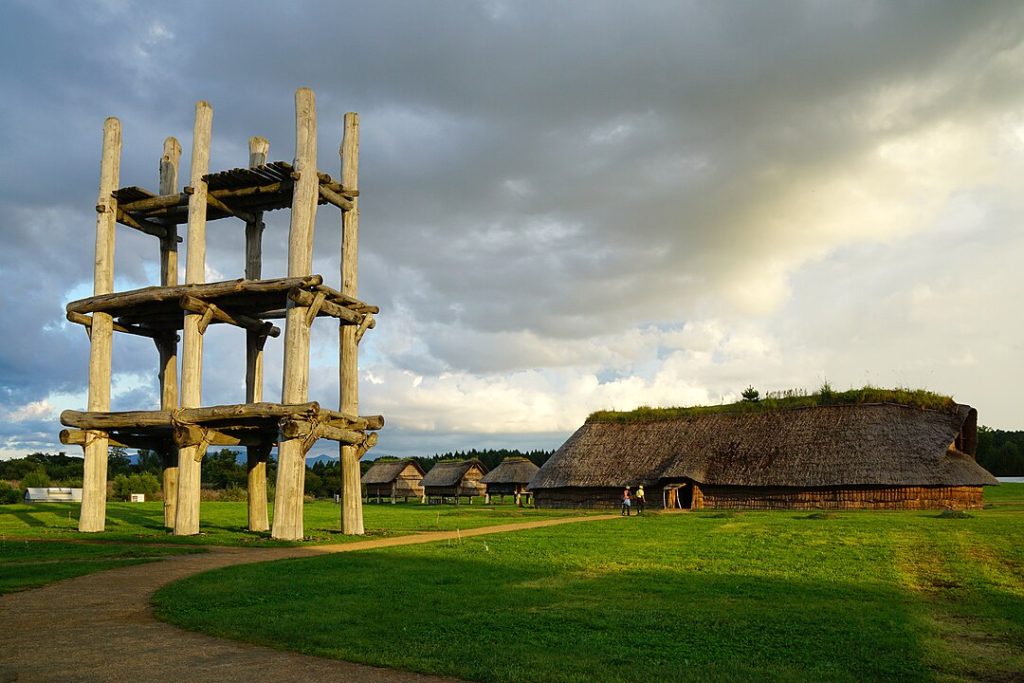The word “maroon” (from the Spanish cimarrón, “wild” or “untamed”) referred to enslaved Africans—and their descendants—who escaped plantations and forged independent settlements in the forests, swamps, and mountains of the New World. From the moment the first ships carried captives across the Atlantic, people rebelled by running away. Over centuries those flights grew into permanent communities that rewrote the political, military, and cultural map of the Americas.
💡 Insert image: Engraving of a runaway slave advertisement (18th c.) –
Caption: “Plantation owners offered rewards, but the bigger ‘price’ was a continent forever altered by resistance.”
🗺️ Where They Took Root
Maroon settlements popped up wherever geography favored guerrilla life:
| Region | Famous Communities | Natural Shield |
|---|---|---|
| Caribbean Islands | Jamaica’s Cockpit Country Maroons | Razor-edged limestone hills, sinkholes |
| Northern South America | Palmares (Brazil); Garifuna (Central America’s coast) | Dense rainforest, river mazes |
| Southeastern North America | Florida’s Black Seminoles | Everglades swamps |
| Andean Foothills | Colombia’s Palenques | Jungle slopes, hidden valleys |
Their strongholds were rarely visible from colonial forts, yet they often hovered only a day’s march from the nearest sugar mill—close enough to raid for arms, livestock, and new recruits.
💡 Insert image: Relief map of Jamaica highlighting Cockpit Country –
Caption: “Karst topography: nature’s fortress.”
🛖 Building New Societies
Unlike fleeting runaway camps, maroon settlements—known as quilombos, palenques, cumbes, or mocambos—developed stable governments:
- Elected leaders or councils balanced authority; Palmares even crowned a king, Zumbi, under a full cabinet of ministers.
- Alliance marriages knit African ethnic groups together and, crucially, wove in Indigenous partners who shared survival skills and land knowledge.
- Codes of law punished betrayal but also protected the vulnerable; in Esmeraldas (Ecuador) women could petition chiefs to nullify abusive unions—two centuries before modern divorce courts.
Daily life fused West-Central African farming (millet, yams) with Amerindian crops (cassava, maize) and European livestock rustled straight off haciendas. Spiritual practices blended Kongo cosmology, Akan drum languages, and local animist rites, birthing faiths such as Obeah, Kumina, and Vodou.
💡 Insert image: Photo of modern Palenque de San Basilio drum circle –
Caption: “Rhythms first beaten in flight, still echoing 400 years later.”
⚔️ Military Power and Diplomacy
Plantation slavery thrived on the fiction of absolute control; maroons smashed that illusion. Their impact was felt in three overlapping ways:
- Continuous Raids – Crops burned, mail stolen, and wagon convoys ambushed drove up plantation insurance costs and rattled investors in London, Lisbon, and Madrid.
- Refuge Networks – Runaway guides turned slave quarters into escape corridors. In Suriname, calling “pangi!” at night signaled safe passage to Saramaka camps.
- Open Warfare – Jamaica fought two Maroon Wars (1728–39; 1795–96), each forcing the British to divert troops from Europe-wide conflicts.
European governors grudgingly signed treaties granting autonomy—legal precedents that later freedom fighters would cite. The 1738 treaty with the Leeward and Windward Maroons recognized their land and self-rule in exchange for peace, making them one of the Western Hemisphere’s first Black diplomatic partners.
💡 Insert image: 1796 British map of treaty lands in Jamaica –
Caption: “Lines on paper conceded what cannons could not win.”
📜 Ripple Effects on Slavery and Colonial Policy
Maroon resistance triggered four policy pivots across the Americas:
| Colonial Goal | Pre-Maroon Strategy | Post-Maroon Adjustment |
|---|---|---|
| Prevent runaways | Iron collars, patrols, branding | Pass Laws limiting Black movement; hound dogs imported from Cuba |
| Secure frontiers | Forts garrisoned by European soldiers | Recruitment of Black militia to hunt maroons—foreshadowing racial policing |
| Labor shortages | Direct import of captives | Promotion of Indentured Asian labor (Guyana, Trinidad) to offset plantation flight |
| Ideological control | Church sermons on obedience | Censorship of “radical” texts; Spanish ban on printing “Quilombo” reports |
Paradoxically, every crackdown exposed the empire’s fragility, feeding Enlightenment debates in Europe. Philosophers like Denis Diderot cited Palmares when arguing that liberty was humankind’s natural state.
💡 Insert image: Illustration of French abolitionist pamphlet quoting Palmares –
Caption: “Proof that freedom could flourish.”
🎶 Languages, Music, and Foodways That Shaped the Hemisphere
Maroon cultural footprints survive in tastes and sounds many Americans take for granted:
- Creole Languages – Jamaican Patois, Haitian Kreyòl, and Caribbean Sranan Tongo bear maroon syntax—African verbs snapped onto European nouns, spiced with Indigenous particles.
- Music Genres – Reggae’s Nyabinghi drumming, Garifuna punta rock, and Gullah spirituals trace directly to maroon call-and-response chants that once rang through forests to coordinate attacks.
- Cuisine – Pepperpot stews, callaloo greens, and rice-and-pea dishes mirror the “provision grounds” maroons carved from wild ecozones.
Each artform carries the memory of people who refused plantation calendars and planted their own rhythms of time.
💡 Insert image: Garifuna dancers in Belize City –
Caption: “Punta rhythms: maroon heritage meets 21st-century stage.”
🤝 Unexpected Allies
Maroons seldom stood alone. On every frontier they struck alliances with Indigenous nations:
- Black Seminoles & Creek Confederacy – Shared villages in Spanish Florida and later fought the U.S. Army together during the Seminole Wars.
- Quilombo-Guarani Pacts – In Brazil’s backlands, runaway bands traded European iron for Guarani tobacco and espionage on Portuguese patrols.
- Mosquito Coast Compacts – Afro-Indigenous “Mosquito-Zambo”, skilled at river warfare, guided British privateers against Spanish gold fleets.
These coalitions blurred racial lines, birthing Afro-Indigenous identities still visible from Suriname to Oklahoma.
💡 Insert image: 19th-century watercolor of Black Seminole scouts –
Caption: “Borders meant little to those already outside empire’s law.”
🏛️ Maroons in Post-Colonial States
When European flags finally lowered, maroon enclaves faced a new challenge: integration into nation-states that sometimes feared their autonomy.
- Jamaica (1962–present) – The Leeward and Windward Maroons won constitutional protection; Accompong Town elects a colonel who consults with, but is not subordinate to, Kingston.
- Suriname (1975–present) – Saramaka and Ndyuka peoples negotiated resource royalties; a 2007 Inter-American Court ruling affirmed their land rights.
- Colombia (1991 Constitution) – Recognizes Palenqueros as a distinct ethnic group with educational and linguistic rights.
Their legal victories underpin modern debates over reparations, ecological guardianship, and Black self-determination.
💡 Insert image: Modern Accompong Maroon leader signing government accord –
Caption: “From guerrilla chief to constitutional stakeholder.”
🔍 Case Study: Palmares—The Longest-Lived Maroon Republic
Location: Serra da Barriga, northeastern Brazil
Duration: 1605 – 1694 (≈ 90 years)
Peak Population: 20,000+ (bigger than Lisbon in 1650)
Key features:
- Ring-Fortified Settlements – Eleven satellite villages encircled a capital, Macaco, linked by palisaded trails.
- Agro-Military Economy – Cassava fields fed militia; captured horses empowered cavalry sorties 150 km wide.
- Diplomacy & Espionage – Spies posed as plantation slaves to gather intel; Dutch traders allegedly swapped muskets for safe timber routes.
- Fall & Myth – After decades of failed assaults, Portugal deployed 6,000 troops and Congolese mercenaries armed with cannons. Palmares fell, but King Zumbi’s legend launched Brazil’s modern Black Consciousness Day (20 Nov).
💡 Insert image: Sculpture of Zumbi in Brasília –
Caption: “A rebel king now cast in bronze at the heart of Brazil’s capital.”
🌱 Lessons for Today
Modern activists revisit maroon history for inspiration:
- Climate Justice – Forest maroons practiced sustainable agroforestry; their land-rights court wins protect vital carbon sinks.
- Decolonial Education – Curricula in Jamaica and Suriname teach maroon governance as models of participatory democracy.
- Digital Marronage – Scholars use the term to describe today’s online encrypted “safe spaces” shielding dissenters from authoritarian surveillance.
In every case, the core principle is the same one Zumbi, Nanny of the Maroons, and Benkos Biohó lived by: freedom must be produced, defended, and renewed—never merely granted.
💡 Insert image: Drone shot of Suriname rainforest with maroon villages nestled along a river –
Caption: “Green strongholds: centuries-old communities guarding tomorrow’s lungs.”
📚 Quick Reading & Watching List
- Richard Price, Maroon Societies – Classic anthology of eyewitness writings.
- Vincent Brown, Tacky’s Revolt – Links Jamaican maroon wars to Atlantic geopolitics.
- Ana Lucia Araujo, Reparations for Slavery and the Slave Trade – Shows how maroon legal victories feed modern claims.
- Documentary: Queen Nanny: Legendary Maroon Chieftainess (2015).
- Podcast Episode: “Palmares and the Promise of Freedom,” Throughline (NPR).
🏁 Conclusion: Freedom’s Unfinished Symphony
Maroon communities began as desperate havens but evolved into laboratories of liberty that rattled empires, nurtured new cultures, and carved legal footholds for Black and Indigenous autonomy. Their story warns that oppressive systems breed their own opposition—and proves that people, given even the slimmest patch of jungle or swamp, can imagine and build a world beyond chains.
When you hear reggae’s heartbeat bass or taste pepperpot stew, you’re sampling more than music or food; you’re tasting a chronicle of runaways who refused to stay gone quietly. They reshaped hemispheres—and they remind us that emancipation is not a date on a calendar but a constant, collective work.











































